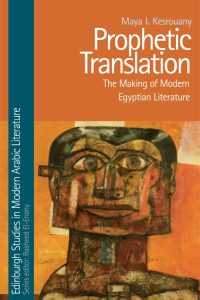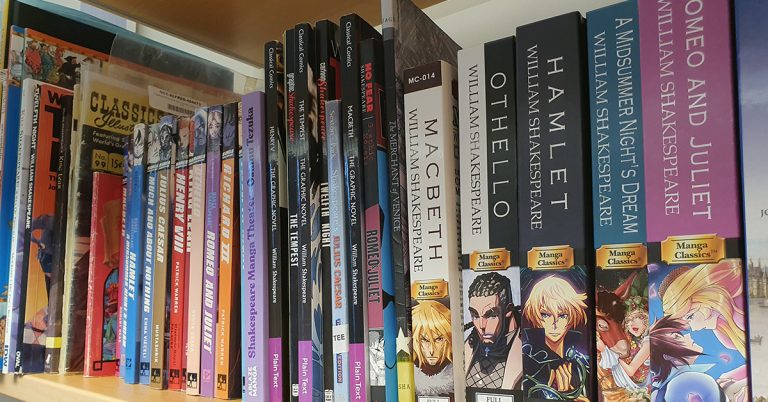
Much like the translators in my book (Prophetic Translation: The Making of Modern Egyptian Literature), I have also found myself speaking in languages that felt simultaneously very familiar and extremely alien. When I was in Cairo in 2006, I recognized that impasse in Arabic expressions of a Western form and sentiment laying around on the shelves and in the corners of Dar al-Kutub. They seemed to be whispering an unheard tale, amidst the bustling streets of a city that literally knows no calm and no sleep. I stumbled across the 19th– and early 20th-century literary translations of Syrian immigrants and Egyptians who were writing together, publishing journals, translating and transforming the originals into resonant idioms that could tell their own stories. I chose four figures for the book: Mustafa Lutfi al-Manfaluti, Muhammad al-Sibai, Muhammad Husayn Haykal and Taha Husayn. Although I disagreed with much of what they were saying, I found that between the different translation styles of the four, I could understand what happened to the novel on the way to Egypt and how it became such a popular form. I also found their translations to challenge their other pronounced articulations about the need to emulate Europe to achieve any sense of modernity and reform. Their translations interrupted the originals, and inserted their own memories of “a pre-colonial literary fantasy” as I call it, wherein literature, much like “Arabic as a truth-language,” could produce truth. So I called them “prophetic.” Why prophetic? For one, these translators were well versed in Islam, and they wrote narratives about the Prophet and his teachings. But they also presented themselves as prophets, espousing the “cultural vocation of bringing modernity” and communicating a political message. They also draw on the prophetic pretensions of the European Romantic tradition as well as the classical Arabic tradition in manipulating the originals. In the book, I invest much in this manipulation, in translation being a necessary failure, always breaking its promise of fidelity to the original. After all, some of the translations never mention an original title or author, and pretend to no sincere friendship with the original. Even in the cases of intimate letters, such as those exchanged between Taha Husayn and André Gide, this relationship of trust is laced with the potential for betrayal. It’s a pact that is always going to be broken; and at some point, it always is. It is not the religiosity of the translators that concerns me in the book – and they have been accused of defaming Islam – but rather what it meant for them to use a foreign idiom to negotiate so many competing narratives in their world, from colonial occupation, to Ottoman rule, a changing Arabic language, and the birth of new political systems. While critics have found these translators conciliatory in their approach, taming their audiences’ sensibilities to the originals, I think they did the opposite in their translations and highlighted the differences between Egypt and Europe in compelling ways. While some of them might have pretended to be creating intercultural bridges, in fact, as literal as they occasionally tried to be, their translations remain “bad,” in the sense that they always change the original.
There is a lot of critical concern today with the other movement of translation – from Arabic into other languages – and the concern remains Arabic’s “difficulty” as a language, how it intercepts translation efforts, and we remember the words of the late Edward Said on how Arabic literature is “embargoed literature.” My book went in the other direction – How did the Arab translators view and define their aesthetic? What changes did they make to their language? What does it mean that they did not try to contain the original in its entirety, that they felt comfortable leaving things behind and adding things in? What is fascinating about those acts of betrayal is precisely how they politicize untranslatability – showing us that we can translate texts but not contexts. So, while for example the French Revolution can be celebrated symbolically as a model for the Egyptian people, the actual translations recall a different historical memory for the event, placing it in the middle of colonial politics, and revealing what could have gone wrong for the Revolution in the first place, and why in fact it does not work for Egypt in the same way. We can hear resonances of that on the streets of Cairo today. These “bad” translations are the best kind because they recognize that language cannot be contained and meaning will always depend on the context it finds itself in.
- Prophetic Translation: The Making of Modern Egyptian Literature is available now. Find out more on the Edinburgh University Press website

Maya Issam Kesrouany currently teaches Middle Eastern Studies and Arabic literature at New York University (Abu Dhabi). Born and raised in Beirut, she studied Comparative Literature at Emory University and is interested in exploring experimental political imaginaries, conversations in the public sphere, critical theory and cultural production.






